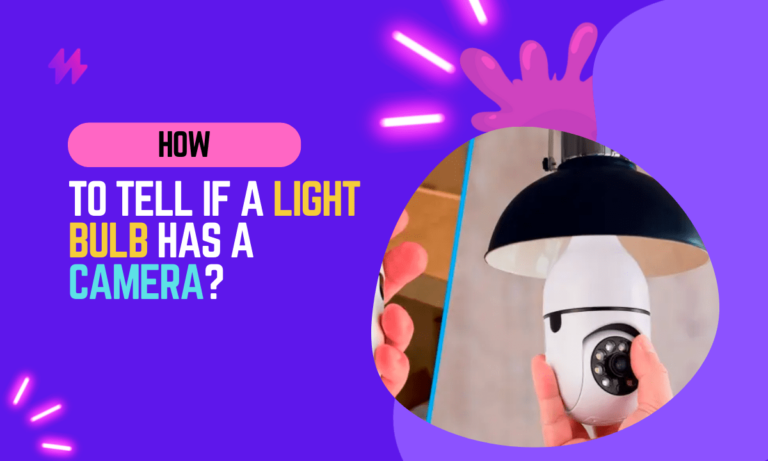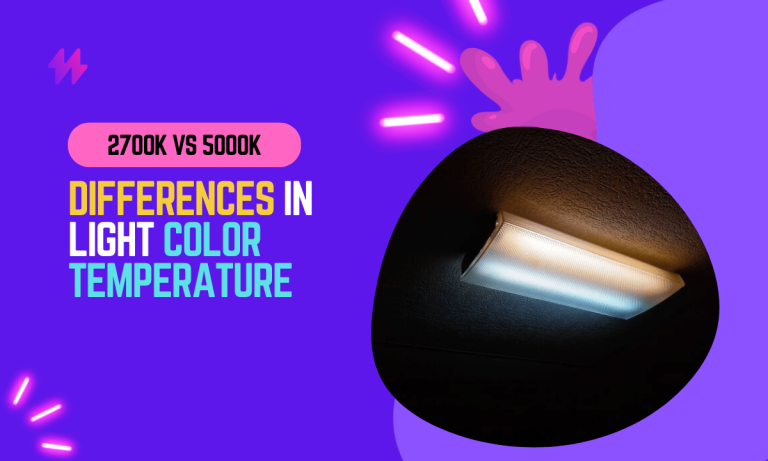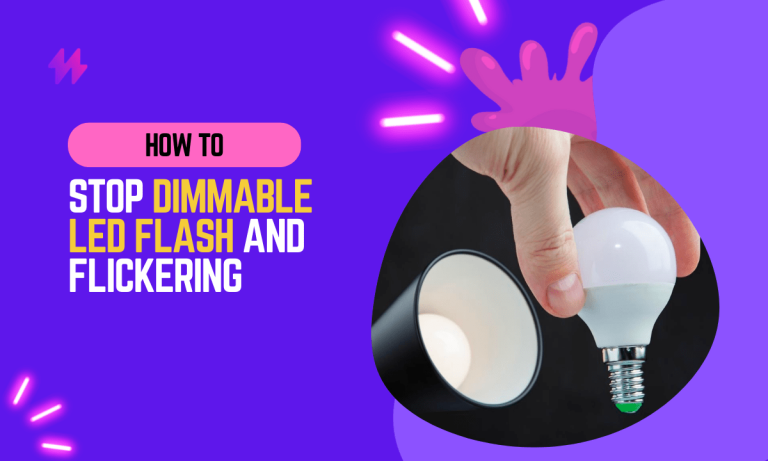Do Motion Sensors Work With LED Lights in 2024?
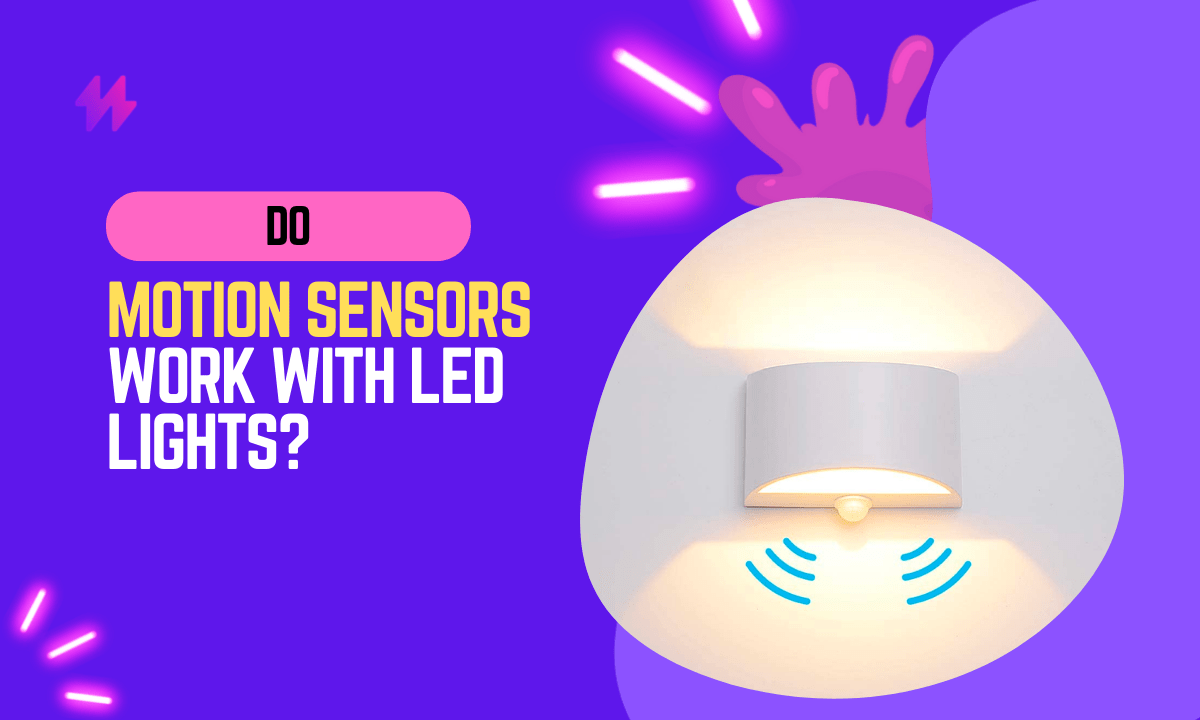
Do you want to change your outdoor lighting to LED but are worried that your current motion detector won’t work well with it? or, Do you want to automatically switch the lights in your hallway, and not have to wonder which motion detector is best suited for the task?
In this lighting guide, you’ll learn what to be aware of when motion detectors and LED lights are interacting.
Motion sensors are a staple in many homes for security reasons. But what about using them to control LED lights? Motion sensors can be used to turn on or off LED lights, as well as dim them. You can also use motion sensors to program when the lights should turn on and off.
For example, you could have the light turn on at dusk and turn off at dawn. Motion sensors are a great way to save energy and money.
What are Motion Sensors?
Motion sensors are devices that detect motion or movement in a designated area. Motion sensors can be used to detect people, animals, vehicles, and other objects. Motion sensors use infrared light, ultrasonic waves, and microwave energy to detect movement in their surroundings.
Motion Sensors with LED Lights Motion sensors work great with LED lights because they do not produce much heat and can quickly start and stop when the sensor detects movement. Motion sensors also provide a lot of flexibility as you can easily program them to turn on the lights at a specific time or when somebody is detected in the area.
If you want to control your outdoor lighting using motion sensors then make sure you choose one that is rated for outdoor use. Motion sensors should be weatherproof and be able to handle rain and snow. Motion sensors also work great with LED strip lights, spotlights, and wall sconces.
Do Motion Sensors Work with LED lights?
Yes, if configured properly, LED faucet lights can also work with motion sensors. Attaching motion sensors to LEDs is a popular lighting technology today. These lights turn on when they sense movement in the area.
How do Motion Sensors Work with LED Lights?
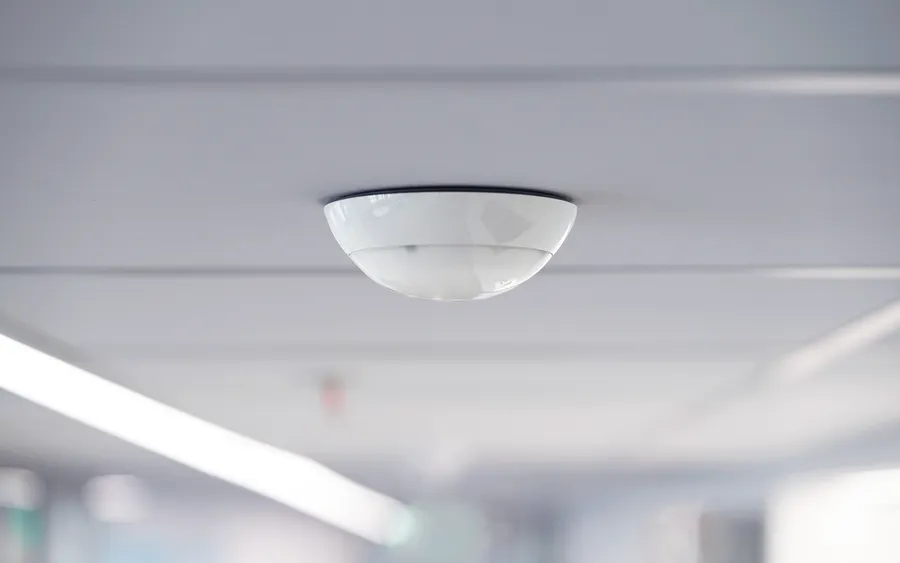
Motion sensors work with LED lights by detecting movement and sending a signal to the LED light to turn it on or off. Motion sensors can also be programmed to dim an LED light when motion is detected, as well as adjust its brightness.
Motion sensors are a great way to save energy and money as they can be set up to automatically turn on the lights at certain times or when somebody enters an area. Motion sensors also provide extra security as they can detect when someone is in the home and alert you when this happens.
Which Motion detectors are suitable for LEDs?
Motion sensors with an adjustable sensitivity range are suitable for LED lights. You can also look for motion sensors that have a wide detection area, so you don’t have to worry about buying several sensors to cover the whole space.
Motion Sensors with a Relay
Motion sensors with an adjustable time delay can also be useful if you want the lights to stay on for a certain amount of time after a motion has been detected. Motion sensors with built-in light sensors are also good options as they will turn on the lights when it gets dark and off when daylight returns.
Motion Sensors with an Electronic Switch
Motion sensors with an electronic switch can be used to control LED lights as well. These sensors are great for controlling multiple lights, as the switch can detect when motion is detected and turn on or off the lights accordingly. Motion sensors with an electronic switch will also work great for dimming LED lights to the desired brightness level.
Also Read: How To Sync LED Strip With TV For Backlight?
Final Words
In conclusion, the compatibility of motion sensors with LED lights in 2024 represents a significant advancement in energy efficiency and convenience within both residential and commercial settings. As LED technology continues to evolve, the integration of motion sensors has become more seamless, allowing for automatic lighting adjustments that not only reduce energy consumption but also enhance security and usability of spaces. This functionality is particularly advantageous in areas that do not require continuous lighting, such as hallways, bathrooms, and storage rooms, where lights can be programmed to illuminate only when presence is detected. Furthermore, advancements in sensor technology have improved the sensitivity and reliability of these systems, ensuring that LEDs respond accurately to movement without the delays or malfunctions that were more common in earlier setups.
Moreover, the development of smart lighting systems in 2024 has introduced greater levels of customization and control, which include the ability to adjust the sensitivity of motion sensors and the duration lights remain on after activation. This adaptability is crucial for tailoring lighting systems to specific environmental conditions and user preferences, thereby optimizing both the functional and aesthetic aspects of lighting design. Additionally, the integration of motion sensors with LEDs is proving invaluable in the context of smart home automation, where they can interact with other connected devices for enhanced home management and security. For example, linking motion-sensored lighting to security cameras or alarms can provide a more robust defense mechanism against intrusions. As we look to the future, the ongoing improvements in LED and sensor technology will undoubtedly continue to offer substantial benefits, fostering not only more sustainable living environments but also spaces that are more responsive to the needs of their occupants.


